Why did the Finns build "flying saucers" in the 60s»
Categories: Design and Architecture
By Pictolic https://pictolic.com/article/why-did-the-finns-build-flying-saucers-in-the-60s.htmlLooking at this photo, you might think that it is a set for a movie about aliens. But this is not a dummy at all, but a real residential building of the Futuro project, popular in Finland in the mid-1960s. It had everything you need for a comfortable life: a living room, a bedroom, a kitchen, a bathroom, and even a real fireplace. But who would have thought of giving the house such an unusual shape?

The father of this exotic project is the Finnish architect Matti Suuronen. It all started with the fact that in 1965, a friend asked Matti to design a ski lodge with all the amenities, not too expensive, but attractive in appearance. Temporary housing had to be economically heated and quickly installed without complex construction and installation work, on any terrain.
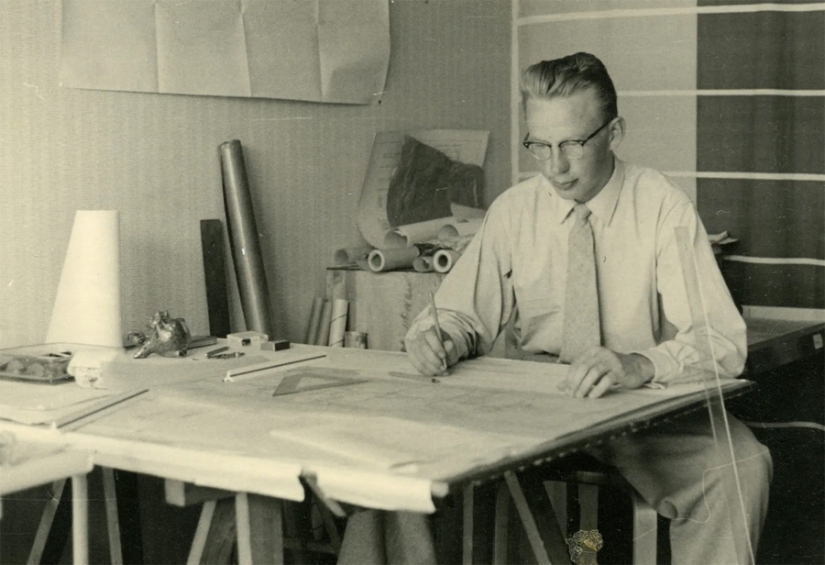
Based on the heat engineering calculations, Suuronen chose the optimal shape of the flattened ellipsoid for good heating. As the main building materials, the progressive designer decided to use the innovative and fashionable in the 60s polyurethane and fiberglass.
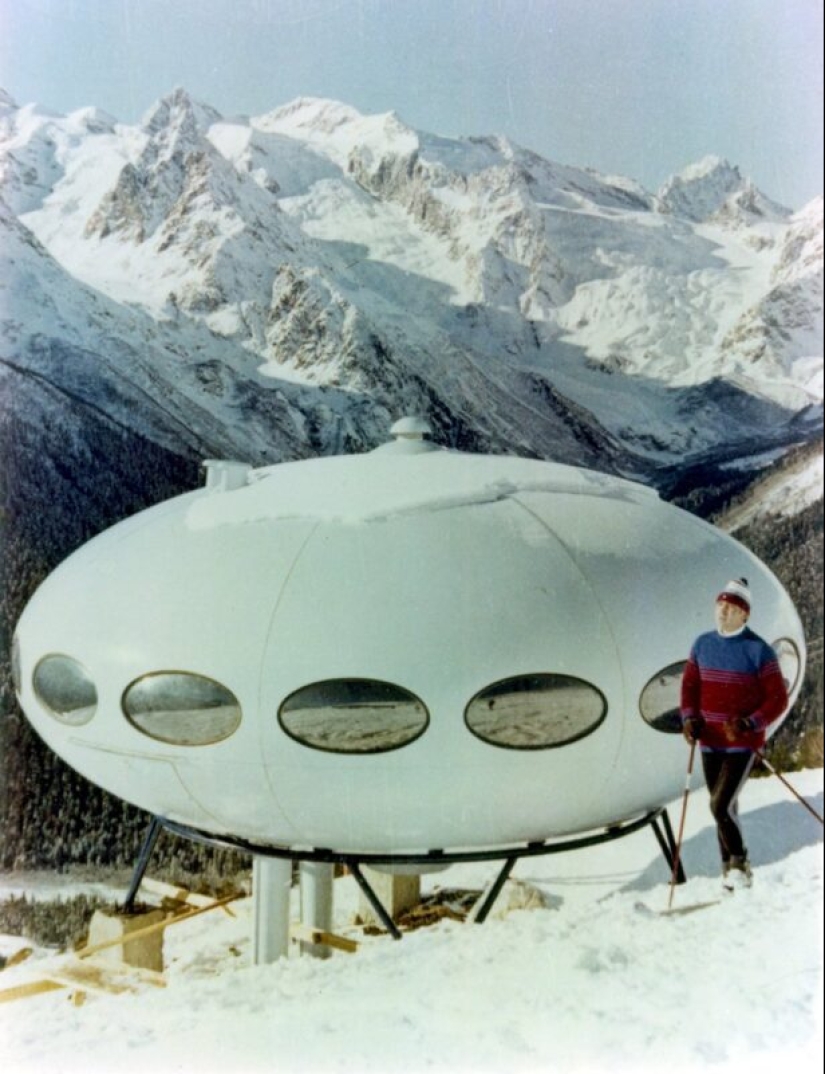
Suuronen's brainchild, which he gave the name Futuro, turned out to look like a flying saucer, not only from the outside, but also inside. Being in the house, a person felt like a pilot of a spaceship. The Futuro space was divided into functional zones: a kitchen, a dressing room, a compact bedroom, a lounge with a round fireplace in the center. The total area of the dwelling was 25 square meters, where it was planned to accommodate up to 8 people.
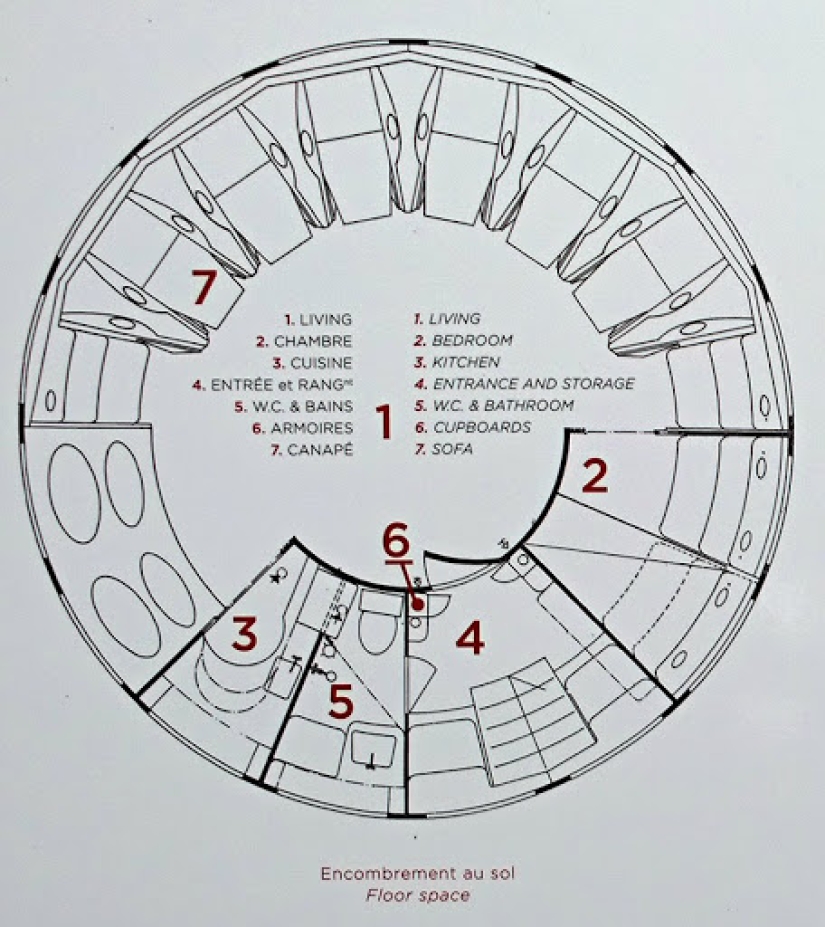
But the most important thing is that the house weighed only 4 tons and was delivered complete, with built-in furniture and even a kitchen stove and sink. The Futuro, with a diameter of 8 meters and a height of 4 meters, could be transported by hanging under a helicopter and installed anywhere, including in mountainous areas. The house's support legs were adjusted in length and ensured the correct position of the dwelling even on the mountainside.
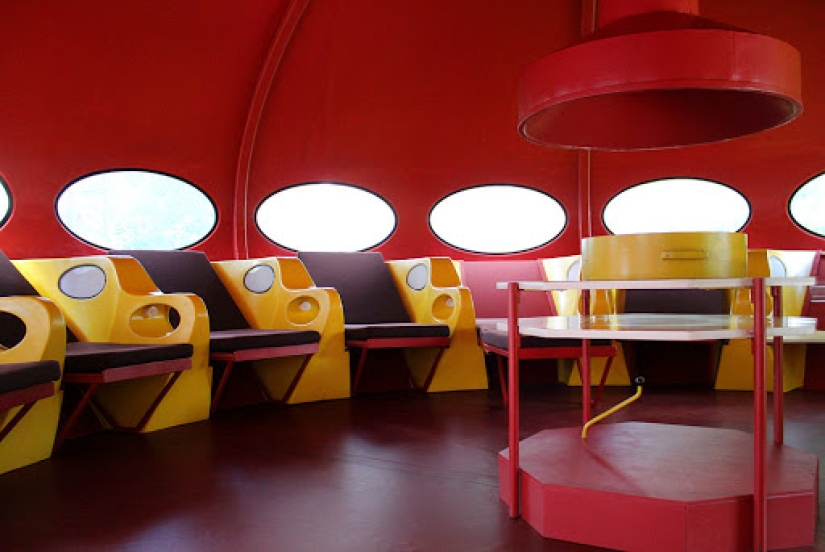
The ellipsoid was also a very convenient shape in terms of aerodynamics. Even strong winds could not cause damage to the building, as air currents of any force simply flowed around the rounded walls. While the usual rectangular ski houses were shaken by winter storms, Futuro stood motionless, and their inhabitants were spared from the howling wind and snow drifts against the walls.
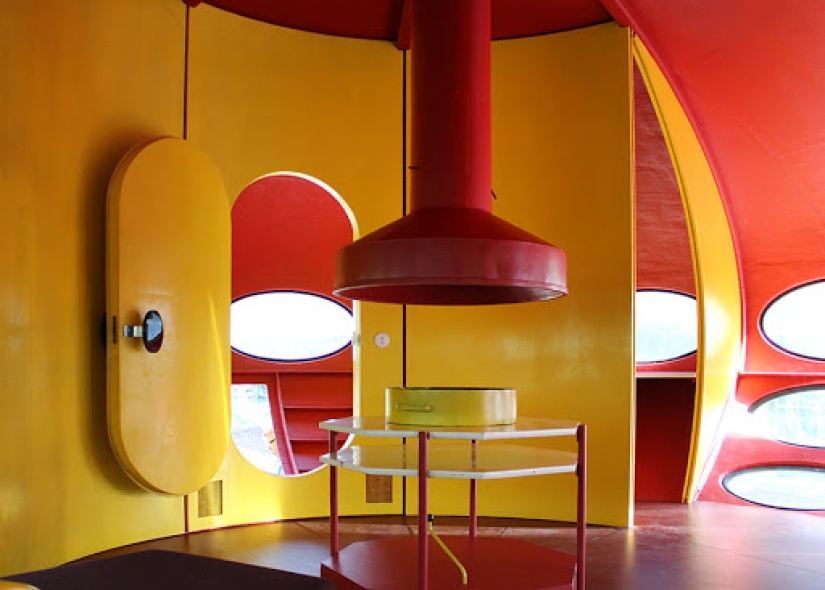
Conceived as a custom-built ski lodge, the Futuro Lodge has suddenly become popular. Against the background of research on the Moon, which was actively carried out in the second half of the 60s, the "space" form of ski houses turned out to be very useful. In 1968, Futuro was presented at the international exhibition in London, where the "plates" became a real sensation.
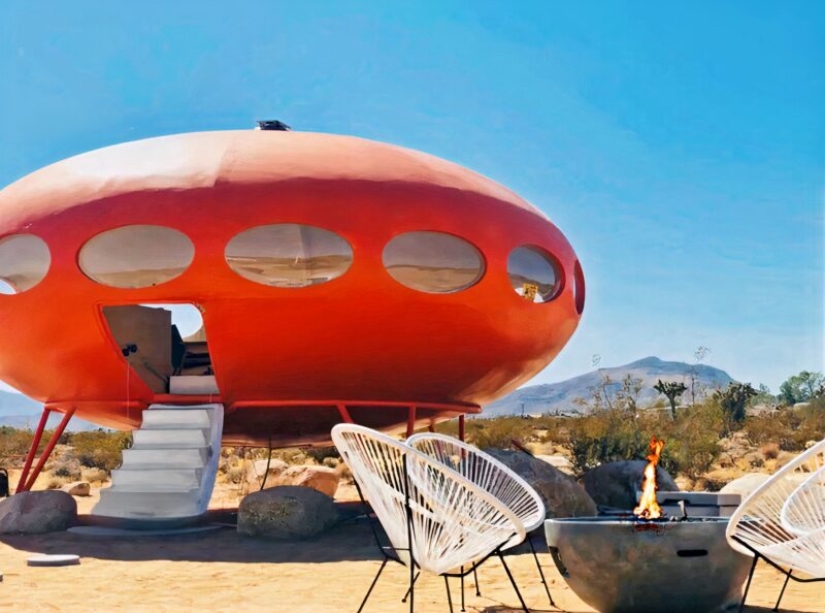
Many people wanted to order an unusual house in a fashionable space style, but not for a temporary holiday with skis, but as a permanent home. As it turned out, Matti Suuronen's houses were perfect for that, too. Dozens of companies from Europe and the United States acquired patents for the production of ellipsoid houses and soon they began to appear like mushrooms around the world.
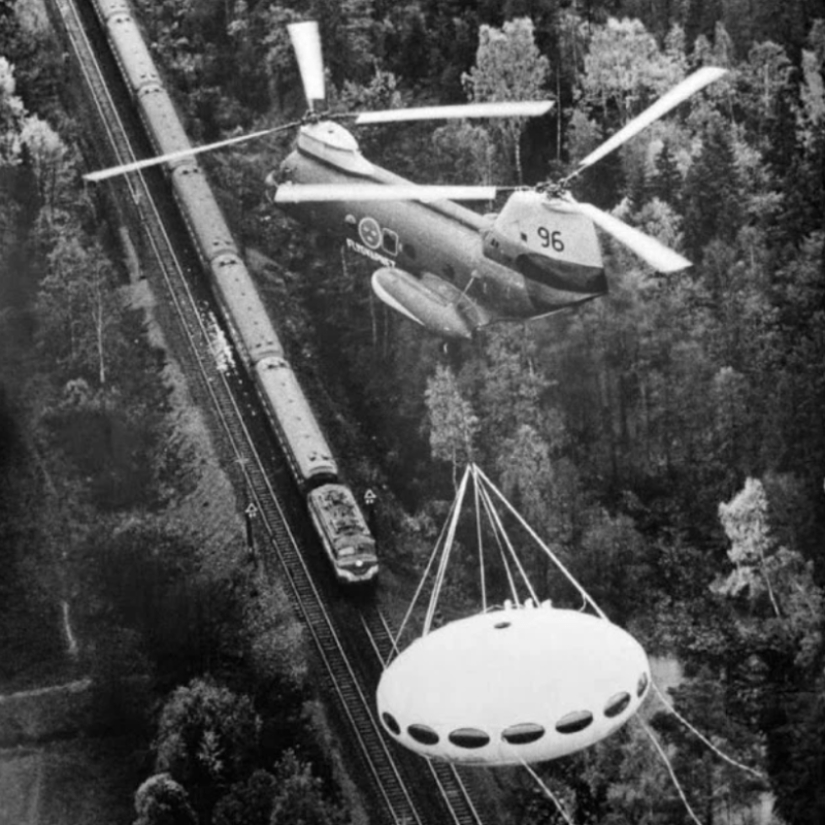
The Futuro was inexpensive, installed in one day, and looked spectacular and modern. It was a little cramped inside, but there was enough space for a family of 2-3 people. Living in a house-plate was much more comfortable than in a trailer, and the price of these two housing options was approximately the same.
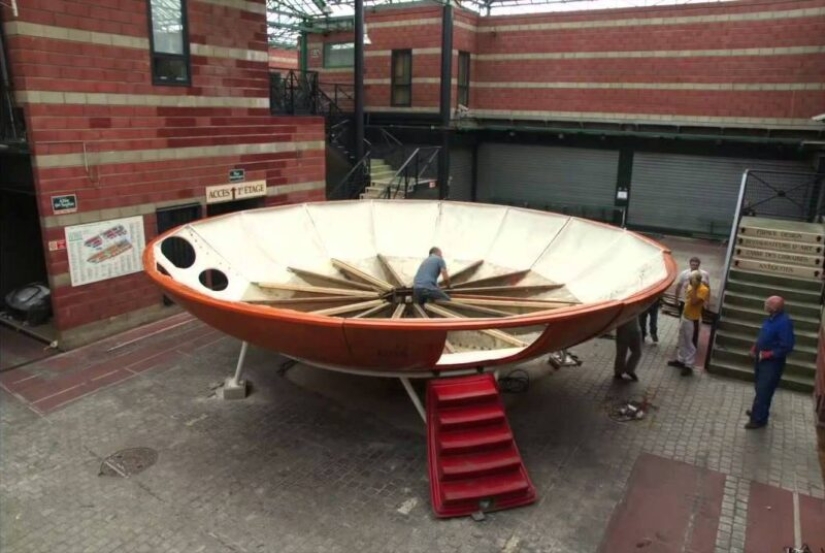
The polymer house, round in shape, warmed up much faster and kept the heat inside better. It took only 30 minutes for the Futuro electric heating system to raise the temperature inside from -20 to +15 degrees. The Finns themselves were the first to appreciate the advantages of the "house of the future". Experimental housing appeared on the shore of Lake Puulavesi in the municipality of Hirvensalmi.
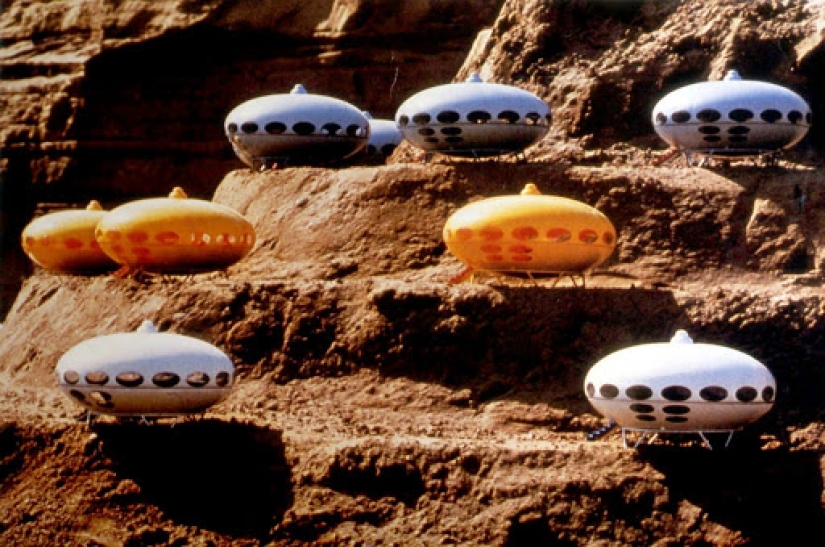
A well-known Finnish actor wanted to buy it, who, by the way, did not regret buying it for a minute. But the neighbors took the modern mansion with hostility. They believed that the bright" flying saucer " Futuro disfigures the protected landscape of the forest lake and offends their sense of beauty. There was also outrage in other places where Suuronen houses later appeared, and not only in Finland.
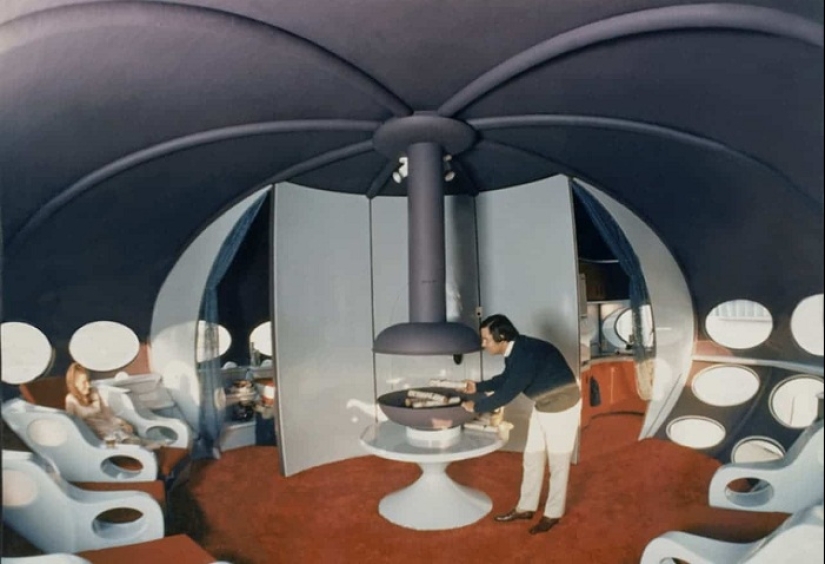
Despite the protests of conservatives, about a hundred Futuro were made in a few years. Suuronen was enjoying fame and preparing to become a millionaire. But it all ended very quickly in 1973. The oil crisis has inflated the price of polymers made from hydrocarbons, and the houses of the future have increased significantly in price. The demand for them fell and Matti Suuronen's company went bust, and he not only did not become rich, but also lost what he had.
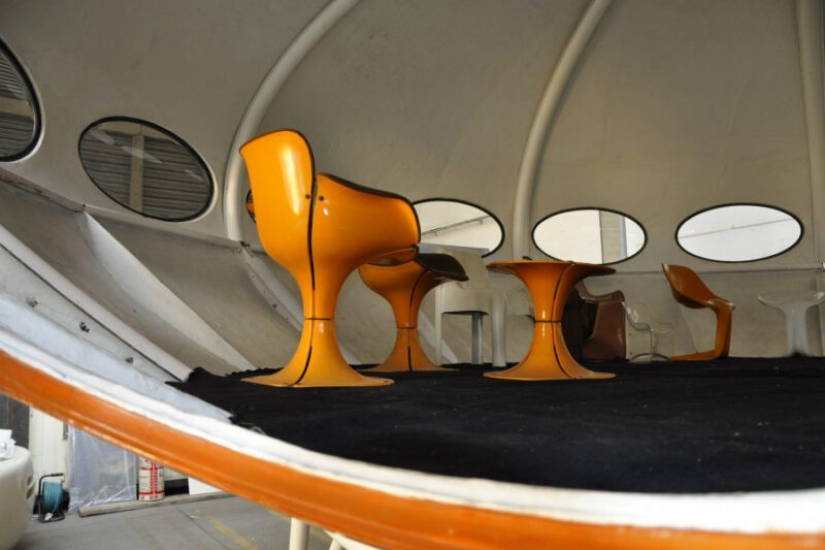
Now there are 60 Futuro houses in the world, most of which are not used as housing. Some of them have become elements of playgrounds, some have turned into the scenery of disco clubs, and the most successful ones have got into museums of design and architecture.
No less exotic are the buildings of the Iranian resort of Majara, located on the shore of the Persian Gulf. They, too, seemed to have come to Earth from another planet.
Keywords: Architecture | Finland | Ski resort | Design and architecture | Project | Designer | Mansion | Design
Post News ArticleRecent articles

There are many places in the world where only the chosen ones can be. The cities of Mecca and Medina in Saudi Arabia are well known ...

This collection of photos will clearly please the little inner perfectionist who lives in each of us. It doesn't matter how much ...
Related articles

Jani Ylinampa is a photographer from Rovaniemi, in Finnish Lapland. For 15 years now, he has been shooting nature, and he can ...

Just one detail can radically transform the interior, and Chinese architects know about it. The Zhongshuge bookstore chain has been ...

Sunny and bright Barcelona is known for its unique architecture. It turns out that in addition to walking through the ancient ...

If you don't feel good about the donut you ate for lunch, relax - it can get worse ... At least you didn't eat the ...